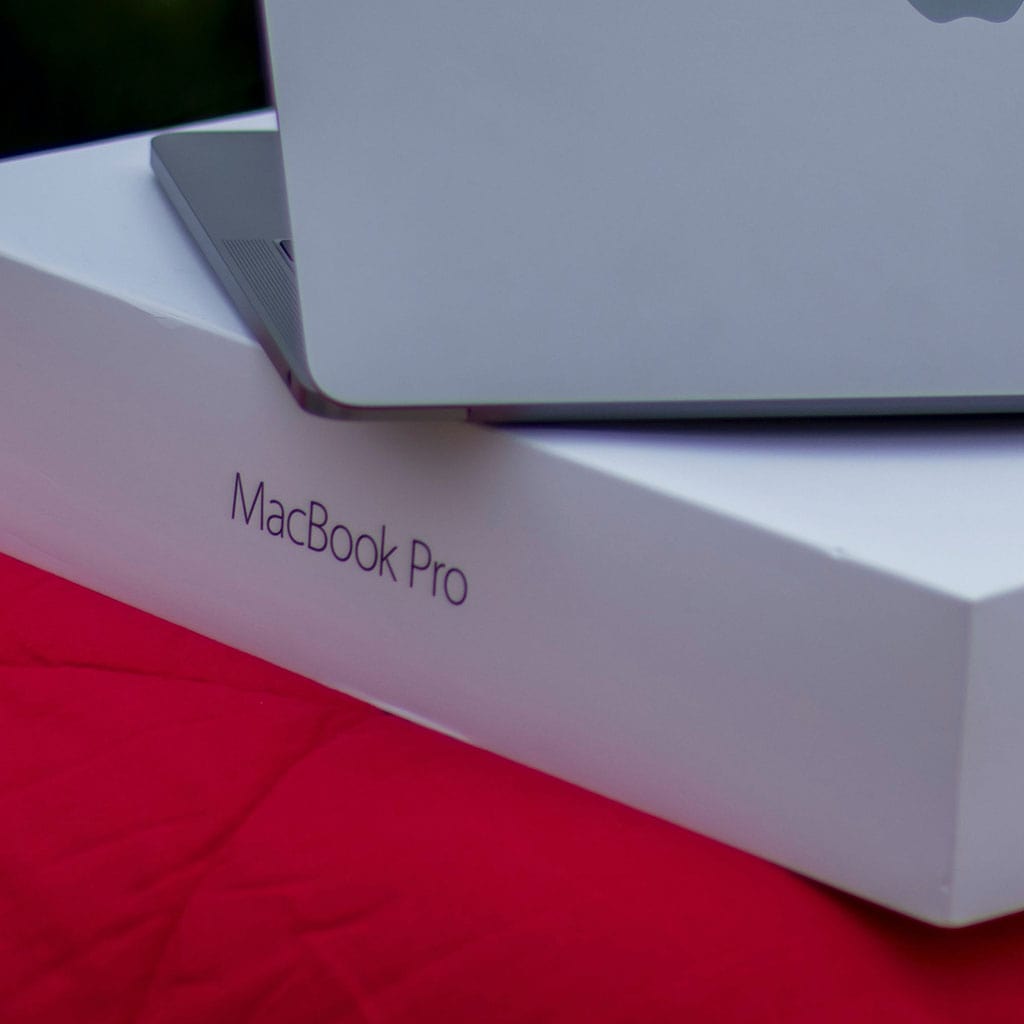How to factory reset MacBook Pro 2017?
How to factory reset MacBook Pro 2017?
Performing a factory reset on a MacBook Pro 2017 restores the device to its original settings, erasing all data. Learn the step-by-step process to execute a factory reset on your MacBook Pro 2017.
Unlock the secrets to resetting your MacBook Pro 2017 like a tech wizard!
Performing a factory reset on a MacBook Pro 2017 involves a multi-step process to erase all data and restore the device to its original settings. Here is a detailed guide on how to execute a factory reset:
Step 1: Backup Your Data (Optional but Recommended)
Before proceeding with a factory reset, it’s crucial to back up any important data, files, or documents you want to keep. You can do this using Time Machine or manually transferring files to an external drive or cloud storage service like iCloud or Dropbox.
Step 2: Sign Out of iCloud, iTunes, and iMessage
- Open the Apple menu and select “System Preferences.”
- Click on “Apple ID” (or “iCloud” for older macOS versions).
- Choose “Overview” and click “Sign Out” for iCloud, iTunes, and iMessage. Enter your Apple ID password when prompted.
Step 3: Deauthorize Your Mac from iTunes
- Open iTunes and go to “Account” > “Authorizations.”
- Select “Deauthorize This Computer” and enter your Apple ID and password to deauthorize your MacBook from iTunes.
Step 4: Restart in Recovery Mode
- Shut down your MacBook Pro completely.
- Press and hold the Command (⌘) + R keys simultaneously and then press the power button to turn on your MacBook.
- Keep holding the keys until you see the Apple logo or a spinning globe.
- Release the keys when you see the macOS Utilities window.
Step 5: Access Disk Utility
- From the macOS Utilities window, select “Disk Utility” and click “Continue.”
Step 6: Erase the Hard Drive
- In Disk Utility, select your Mac’s internal hard drive (usually named “Macintosh HD” or similar) from the sidebar.
- Click on the “Erase” button at the top of the window.
- Choose a format (typically “Mac OS Extended (Journaled)”) and enter a name for the disk.
- Click “Erase” and confirm the action. This will erase all data on the disk.
Step 7: Reinstall macOS
- After erasing the disk, exit Disk Utility to return to the macOS Utilities window.
- Choose “Reinstall macOS” (or “Install macOS” for older versions).
- Follow the on-screen instructions to reinstall the macOS operating system on your MacBook Pro.
Step 8: Set Up Your MacBook Pro
- Once macOS is reinstalled, your MacBook Pro will restart.
- Follow the setup prompts to configure language, region, user account, and other preferences.
By following these steps, you can perform a factory reset on your MacBook Pro 2017, wiping all data and restoring it to its original settings. Please note that this process permanently erases all files and settings, so ensure you’ve backed up any essential data beforehand.
What format and naming options should users consider while erasing the hard drive?
When erasing the hard drive on a MacBook Pro 2017 as part of the factory reset process, users should consider the format and naming conventions for the hard drive. In Disk Utility, while erasing the disk, users typically have the option to select the format for the hard drive. The most common and recommended format for macOS systems is “Mac OS Extended (Journaled).” This format ensures compatibility and reliability for the macOS operating system. Additionally, users may consider naming the hard drive during the erasure process, allowing them to customize the name of the disk to something that is easily identifiable and relevant to their preferences or the purpose of the reset, such as “Macintosh HD” or “Factory Settings.” However, it’s essential to avoid using special characters or symbols in the disk name to prevent potential issues during the setup process.
Upon completing the erasure and naming process for the hard drive in Disk Utility, users can proceed with reinstalling macOS. During the setup process after the macOS reinstallation, users will encounter the “Setup Assistant” or startup options, where they’ll be prompted to configure user settings, language preferences, and other initial setup configurations. At this stage, the disk’s name chosen during the erasure process will be visible in the menu bar or the startup disk options, allowing users to select the appropriate startup option if multiple drives are available, enabling them to proceed with the setup assistant and customize their preferences accordingly.





You must be logged in to post a comment.